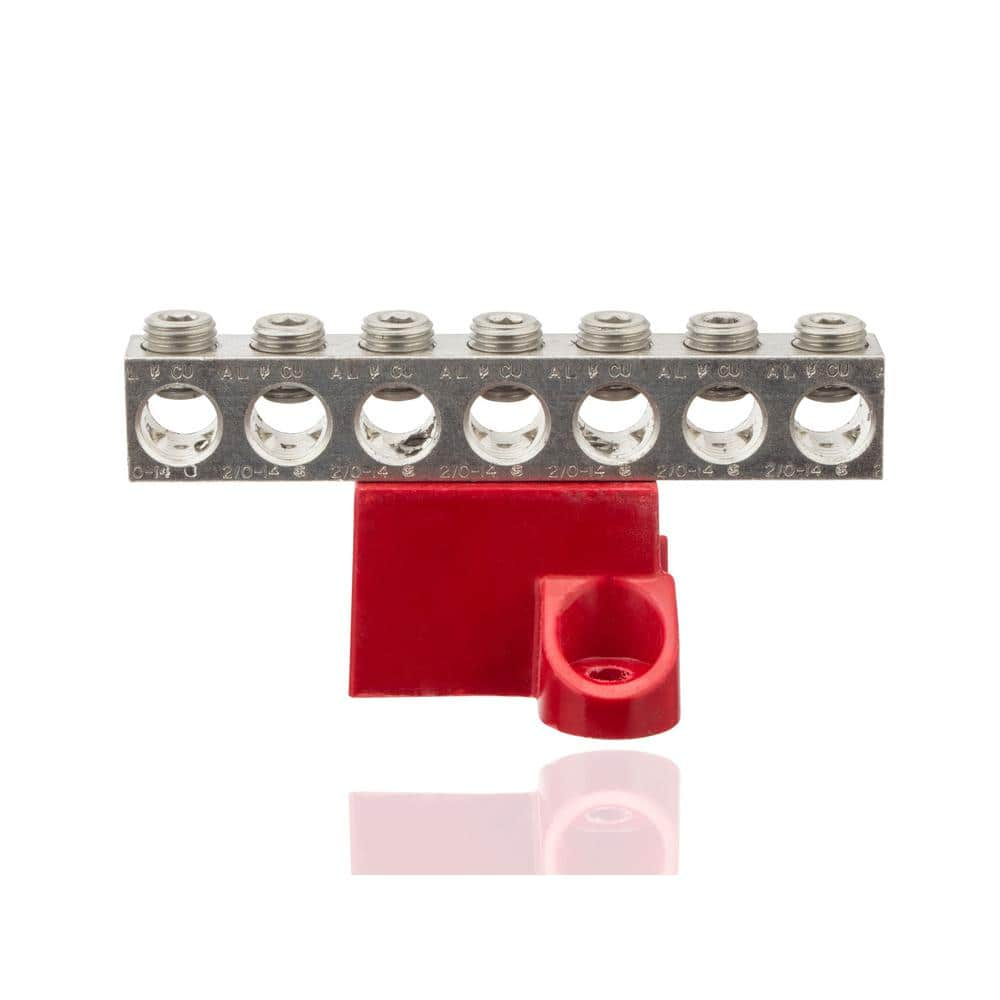The situation: A service panel upgrade to 225 amps rated bus is being installed at the opposite end of the house from the existing panel. The existing thirty year old 100 amp meter main panel will be converted into a sub-panel. There is no label on the existing panel. There is no indication as to the maker of the intended sub-panel.
Question: Do you allow the existing panel to be modified to isolate the neutral? Sorry, no pictures.
Question: Do you allow the existing panel to be modified to isolate the neutral? Sorry, no pictures.

